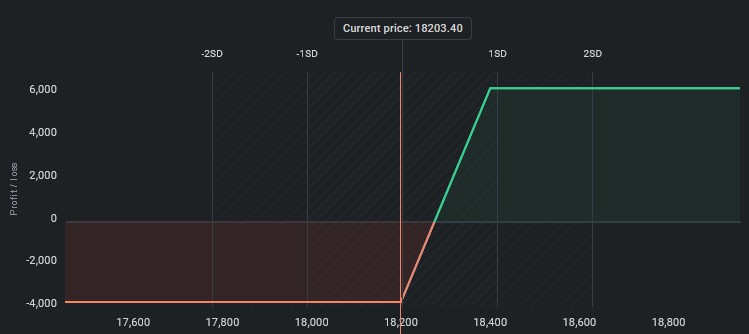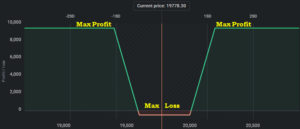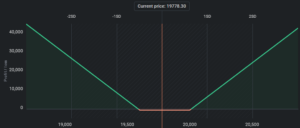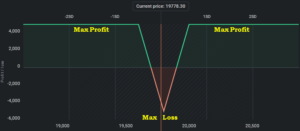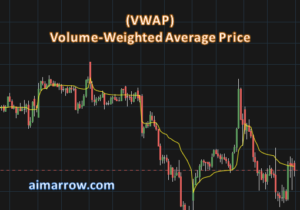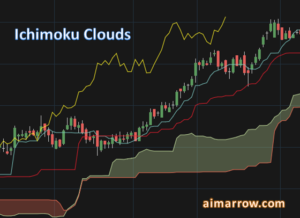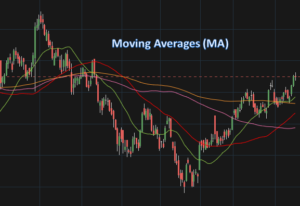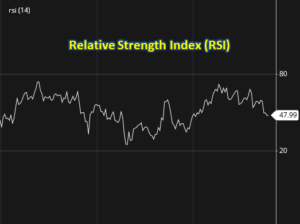Bull Call Spread Options Trading Strategy | Step-by-Step Execution Process, Payoff Graph, Pros & Cons, Adjustments
What is a Bull Call Spread Options Trading Strategy?
A Bull Call Spread is a type of options trading strategy that involves buying call options at a lower strike price and simultaneously selling call options at a higher strike price. This strategy is typically used when the investor is bullish on the underlying asset’s future price movement and expects it to rise moderately in the near future. The goal of this strategy is to limit the investor’s potential losses while still providing them with the opportunity to profit if the underlying asset’s price rises.
Example of Bull Call Spread Options Trading Strategy
Let’s say an investor is bullish on XYZ stock, which is currently trading at $100 per share, and expects its price to increase in the near future. They can use the Bull Call Spread strategy by following the steps below:
- Buy a call option with a strike price of $95 for $5 per share, giving the investor the right to buy the stock at $95.
- Sell a call option with a strike price of $105 for $2 per share, obligating the investor to sell the stock at $105 if the buyer decides to exercise their option.
The investor has spent a net debit of $3 per share ($5 – $2) to establish the Bull Call Spread position.
Step-by-Step Process of Executing a Bull Call Spread Options Strategy
The steps for executing a Bull Call Spread options strategy are as follows:
- Identify an underlying asset that the investor is bullish on and wants to invest in.
- Determine the strike prices for the call options. The investor should buy a call option with a lower strike price and sell a call option with a higher strike price.
- Calculate the net debit or net credit for the Bull Call Spread strategy.
- Place the trade with a broker or trading platform.
Pros and Cons of a Bull Call Spread Options Strategy
Pros:
- Limits the investor’s potential losses while still providing them with the opportunity to profit.
- Lowers the cost of the long call option.
- Lower breakeven point than buying a single call option.
Cons:
- Limits the investor’s potential profits.
- Higher breakeven point than buying a single call option.
- The strategy requires careful management of the options’ expiration dates.
Payoff Graph for a Bull Call Spread Options Trading Strategy
The payoff graph for a Bull Call Spread options trading strategy looks like a limited-risk, limited-reward strategy. The investor’s potential profit is limited to the difference between the strike prices minus the net debit paid, while their potential loss is limited to the net debit paid.
Adjustments to a Bull Call Spread Options Strategy
When in profit:
- If the stock price is trending higher and reaches the short call option’s strike price, the investor can roll the short call option up to a higher strike price and collect more premium.
- If the stock price continues to trend higher and reaches the long call option’s strike price, the investor can sell the long call option for a profit or let it expire and buy a new call option at a higher strike price.
When in loss:
- If the stock price is trending lower and reaches the long call option’s strike price, the investor can sell the long call option to cut losses.
- If the stock price continues to trend lower and reaches the short call option’s strike price, the investor can roll the short call option down to a lower strike price and collect less premium to reduce the loss.
Conclusion
The Bull Call Spread is a limited-risk, limited-reward options trading strategy that can be useful for investors who are bullish on an underlying asset’s future price movement. This strategy can provide investors with a lower cost alternative to buying a single call option while still allowing them to participate in potential price increases.
However, the Bull Call Spread also has some drawbacks, including limited profit potential and higher breakeven points than buying a single call option. Additionally, the strategy requires careful management of the options’ expiration dates to avoid potential losses.
Investors can adjust their Bull Call Spread strategy when they are in profit or loss by rolling the short call option up or down or selling the long call option to cut losses.
Overall, the Bull Call Spread strategy can be a useful tool for investors who want to manage their risk while still participating in potential price increases. However, investors should carefully consider the strategy’s pros and cons before implementing it and should regularly monitor their position to avoid potential losses.
